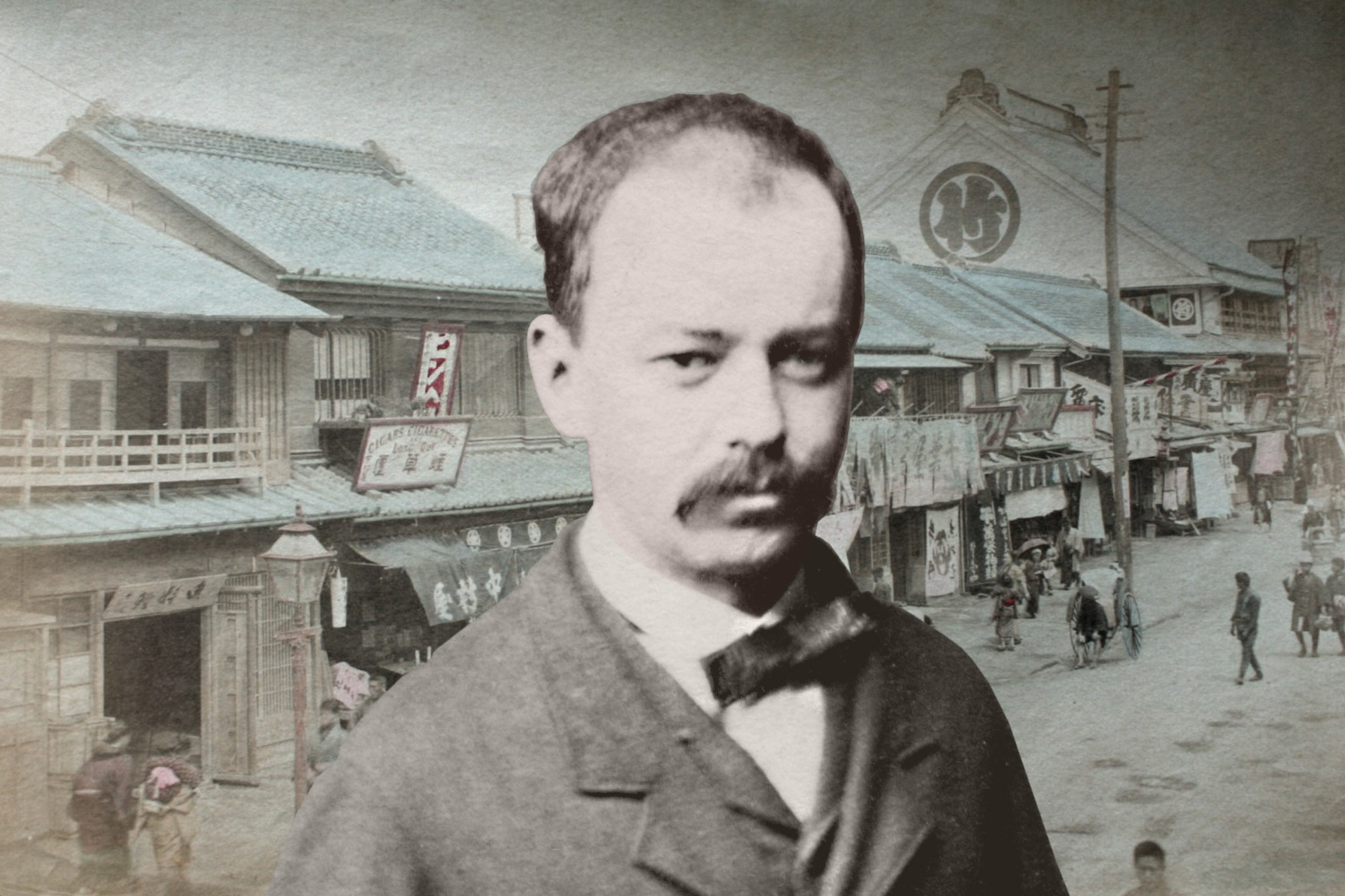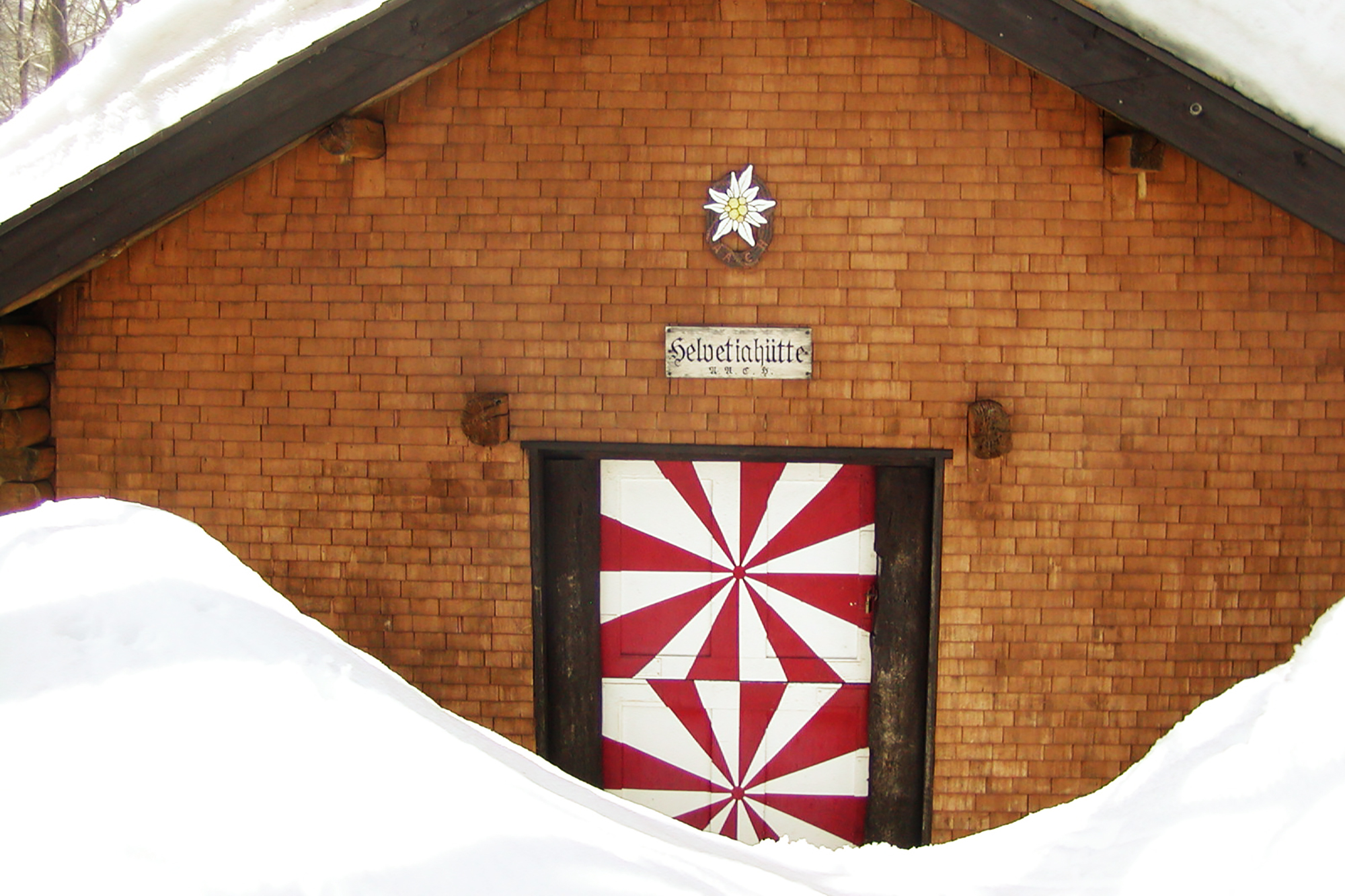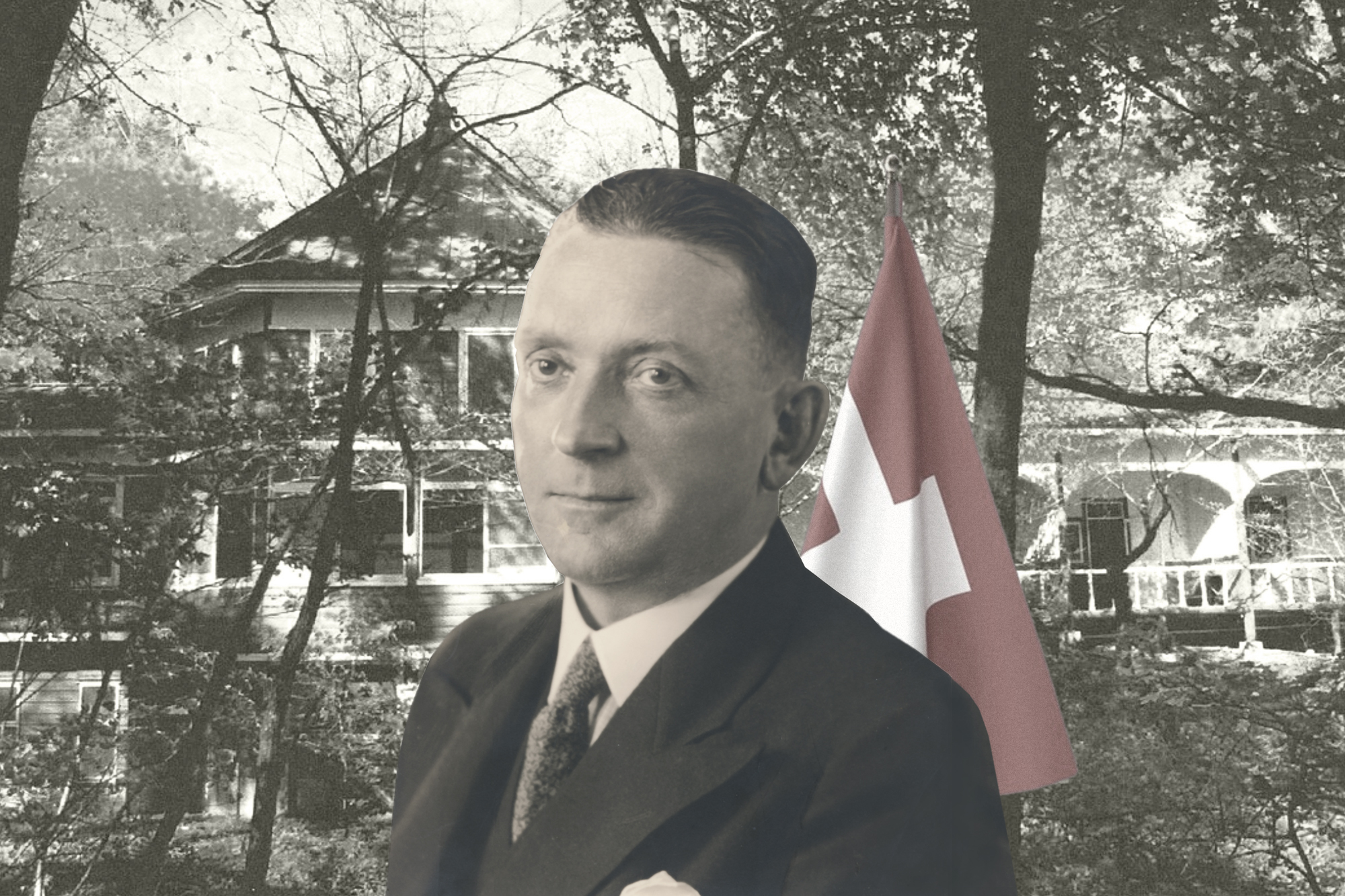-

-
 ©Japanese Red Cross Society
©Japanese Red Cross Society
-
 ©Japanese Red Cross Society
©Japanese Red Cross Society
Empress Shoken Fund & The Japanese Red Cross Society
Kanto | Tokyo - Shibuya Ward
Historical Figures & Locations
The humanitarian ideals shared between Japan and Switzerland have had a great impact on the development of the Red Cross movement around the world.
A humanitarian Imperial figure
Every year, millions of Japanese and foreign visitors visit Tokyo’s renowned Meiji Shrine, in which the souls of Emperor Meiji and Empress Shoken have been enshrined. Known for ruling Japan during the country’s most pivotal times over a hundred years ago, the late Emperor usually overshadows his wife in historical books. Yet her humanitarian legacy to Japan and the world is probably equally as impressive!
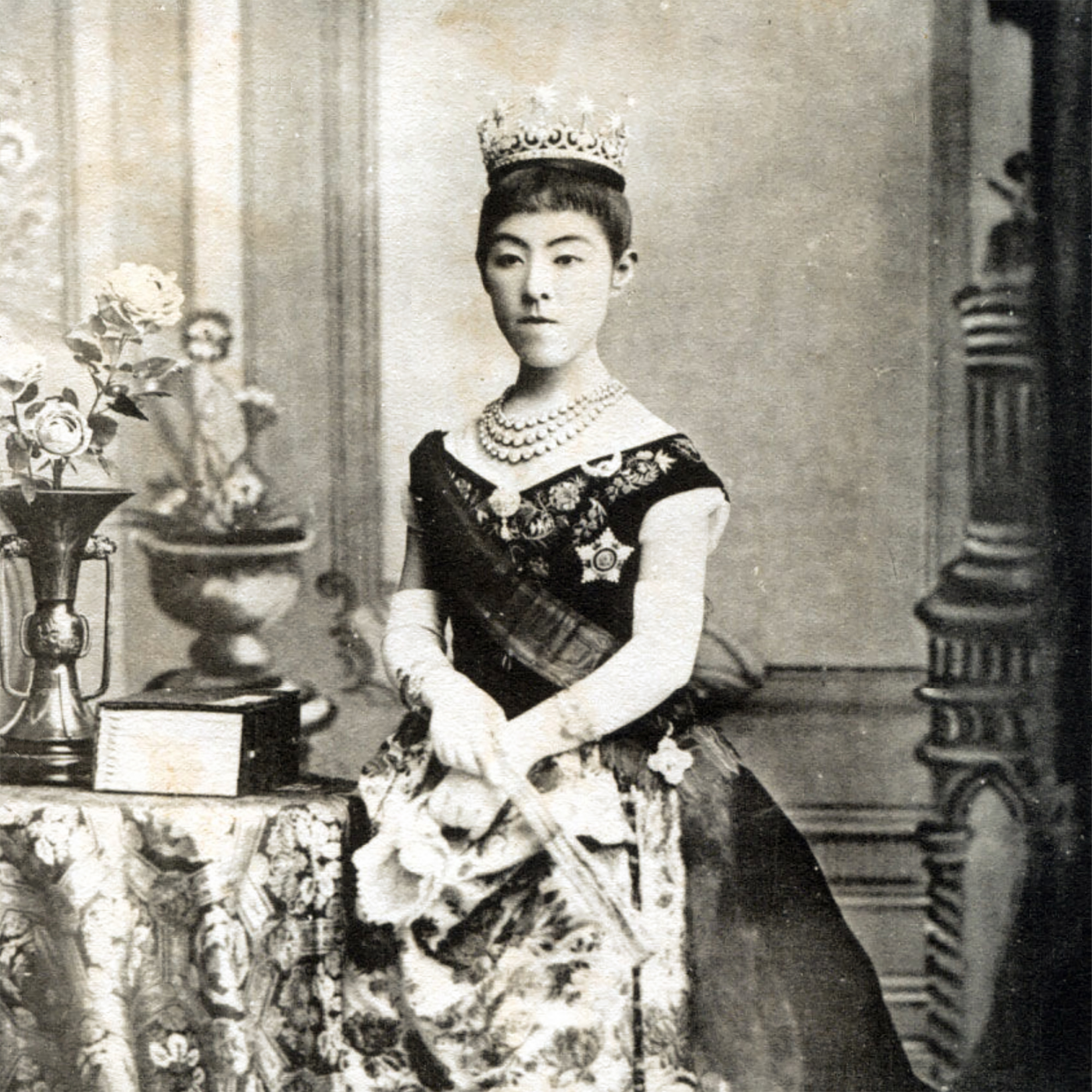
Empress Shoken in 1872
Her Majesty Empress Shoken (1849-1914) was perceived as an “outstanding woman in action and a determined character”, who was responsible for initiating a reform of the imperial court. One of her main concerns was women’s education, which led her to support a teacher training college for women. However, her activity was not limited to Japan, as shown in 1912 by her decision to create a 100,000 Japanese gold yen fund, the Empress Shoken Fund, to support peacetime activities by the Red Cross, an international movement founded a few decades earlier in Geneva, Switzerland.
A Memory of Solferino

The victory of the armies of France and Piedmont-Sardinia over the Austrian force, illustrated by the Swiss-Italian artist Carlo Bossoli
The idea of the Red Cross was born in 1859, when Swiss businessman Henry Dunant (1928-1910) came upon the scene of a bloody battle in Solferino, Italy. Over 40,000 men laid dead, dying or wounded on the battlefield without any medical attention. He and a group of locals spent the next days healing, feeding, and comforting thousands of survivors. This experience deeply affected Dunant, who upon his return to Switzerland called for the creation of national relief societies to assist those wounded in war, and pointed the way to the future Geneva Conventions.

Henri Dunant (1928-1910)
Several years later, in 1863, he and five men from Geneva founded the International Committee for Relief to the Wounded, later to become the International Committee of the Red Cross (ICRC), and chose a reverse Swiss flag as their emblem. Thanks to the efforts of what would become the biggest humanitarian organization in the world, twelve governments soon adopted the landmark first Geneva Convention, offering care for the wounded and defining medical services as "neutral" on the battlefield. In 1919, the League of Red Cross Societies -known today as the International Federation of Red Cross and Red Crescent Societies (IFRC)- was set up as a network to coordinate the many national Red Cross Societies that had progressively flourished everywhere in Europe, but also on the planet. Among them, the Japanese Red Cross Society (JRCS).
A Japanese Red Cross movement

Mr. Tadateru Konoe (President, JRCS) and Mr. Peter Maurer (President, ICRC)
Created in 1877 as “Philanthropic Society” by Count Sano Tsunetami (1822-1902) to relieve the victims of the Satsuma Rebellion, the JRCS has since grown into one of the biggest of the 187 National Red Cross societies in the world, with over 9.6 million individual members and 120,000 corporate members in 2014. Active both domestically and worldwide, the non-governmental organization currently presided by Tadateru Konoe is advocating for the respect of international law, coordinating disaster response, collecting blood donation, running educational and medical programs, and providing various welfare services.
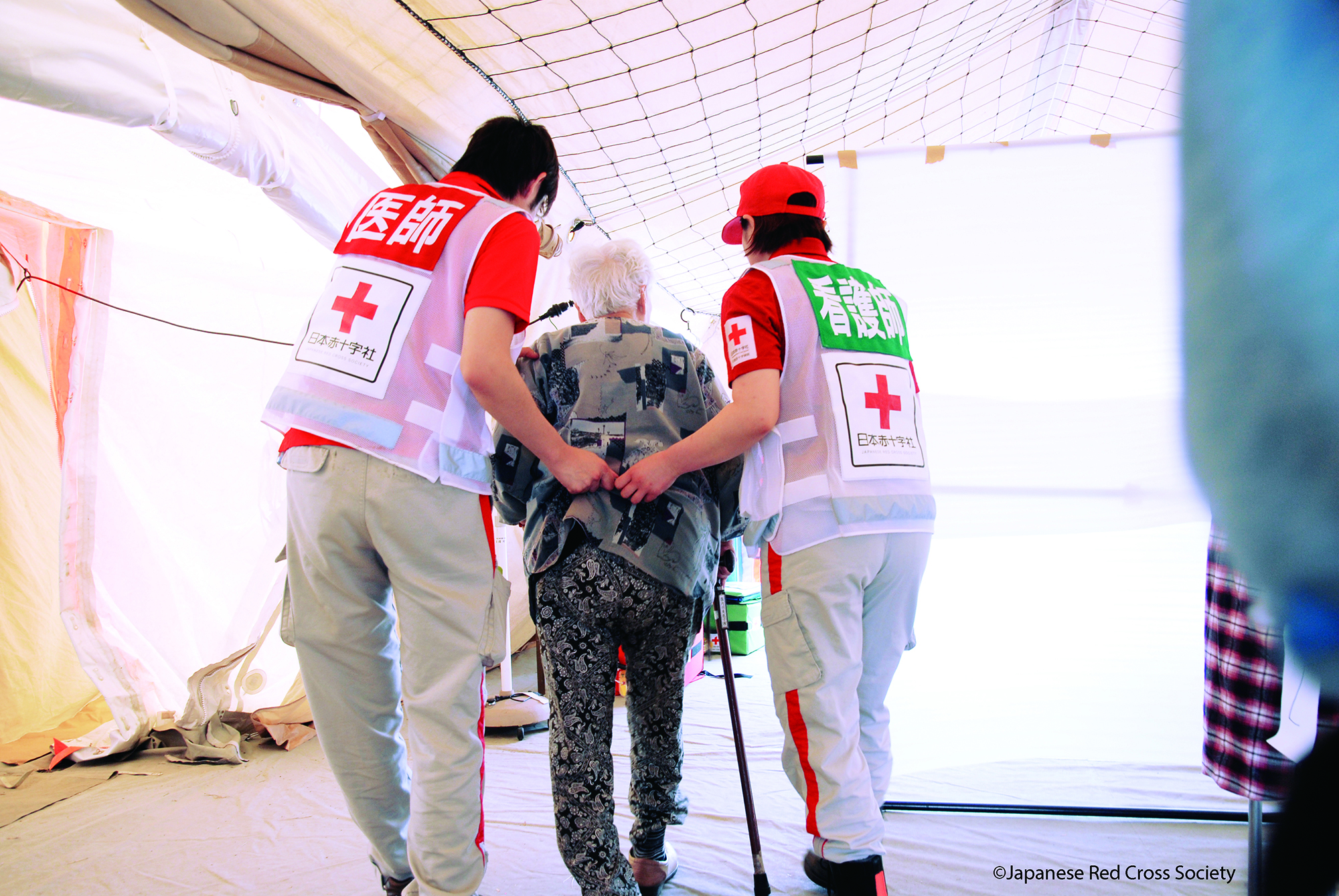
The JRCS is specialized in disaster response (©Japanese Red Cross Society)

The JRCS handles blood donations nationwide (©Japanese Red Cross Society)
Empress Shoken herself was a great supporter of the JRCS from the very start, thus giving a strong early impulse to the Red Cross movement in Japan. Administered by a joint committee of the ICRC and the IFRC and relying on the generous support of the Japanese government, the Japanese Red Cross Society, the Imperial Family and the Meiji Shrine, her Fund has grown from 100,000 Japanese gold yen in 1912 to almost 1,700,000,000 JPY in 2018. Since its inception, it has greatly contributed (~2.2. billion JPY) to the expansion and activity of National Red Cross and Red Crescent Societies around the world.
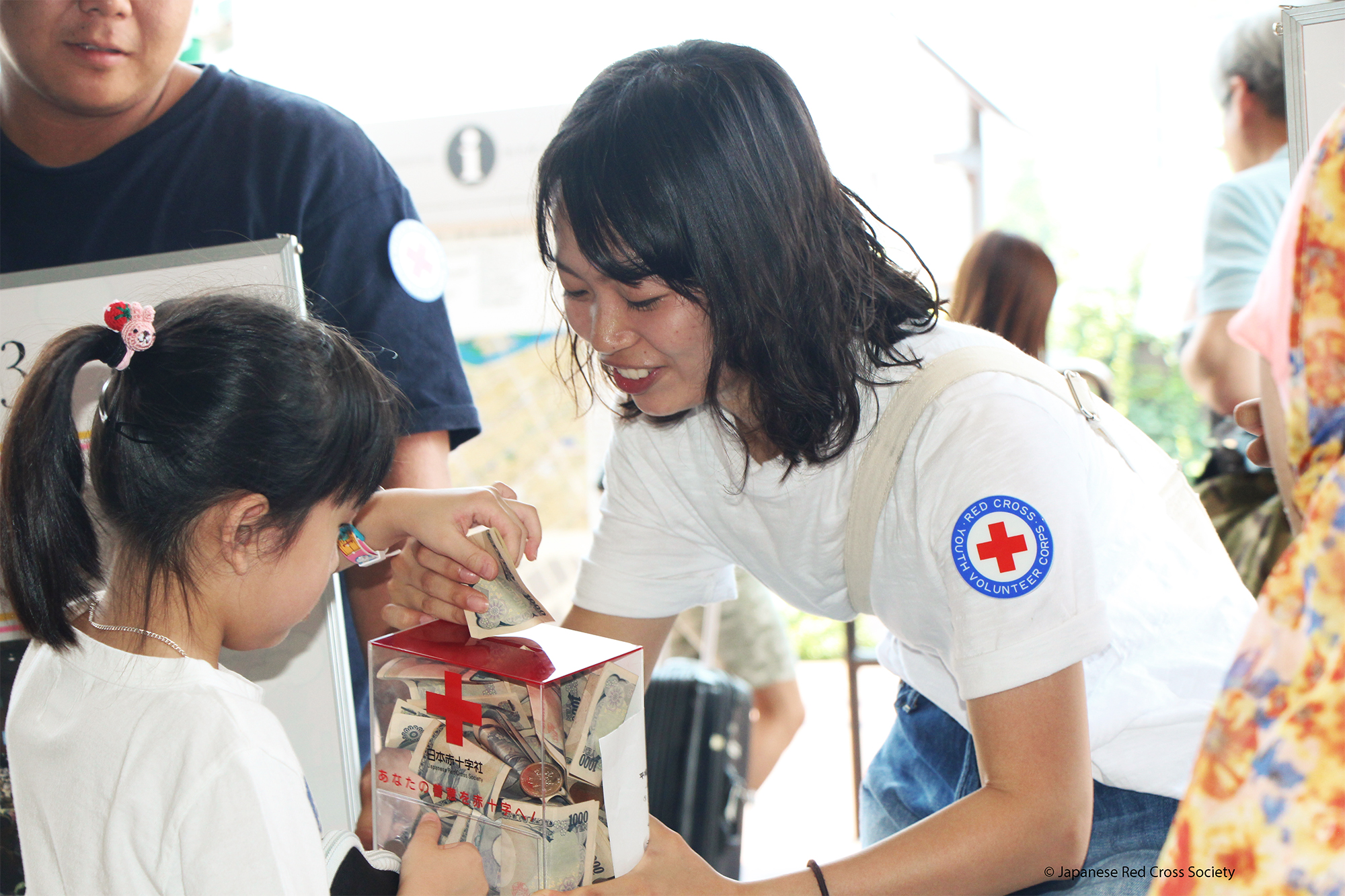
The JRCS relies on donations to carry out its activities (©Japanese Red Cross Society)

Red Cross volunteers distribute food to those in need (©Japanese Red Cross Society)
Each year on April 11 (the anniversary of the Empress’ passing), the allocation of the grant is made by a joint committee of the ICRC and the IFRC to support a wide range of initiatives, from tuberculosis programs to first-aid training, from blood collection to community projects. More than 150 Red Cross and Red Crescent National Societies worldwide have thus benefited from the philanthropic initiative by the Empress. Although much remains to be done, one can also say that a lot has been achieved in the world thanks to the meeting of Swiss and Japanese ideals.

Malaysian Red Crescent: purchasing of equipment and tools for Rapid Deployment Squad (RDS) training program (©Japanese Red Cross Society)

Vanuatu Red Cross Society: youth empowering the most vulnerable communities (©Japanese Red Cross Society)
